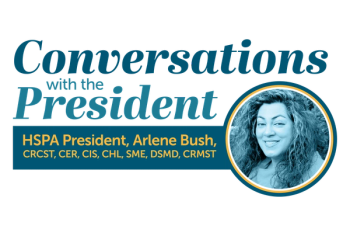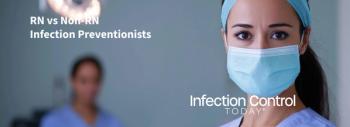
Another E. Coli Could be the Next Big Threat
While many of us are worried about E. coli 0157 in our food supply, a pre-harvest food safety expert at Kansas State University cautions that other types of E. coli shouldn't go ignored.
T.G. Nagaraja is a professor of diagnostic medicine and pathobiology at K-State's College of Veterinary Medicine. He said that Shiga toxin, a protein secreted by the organism, is what makes E. coli 0157 dangerous to humans - causing diarrhea and kidney failure - even though E. coli 0157 is present in healthy cattle.
Nagaraja said that other types of E. coli besides 0157 also have the genes to produce Shiga toxin, although scientists don't know much yet about these bacteria and it can be hard to find them. Most research is on 0157, although Nagaraja estimates that in a few years the presence of non-0157 Shiga toxin could increase and pose a serious threat to the safety of the food supply.
"I wouldn't be surprised if one of them becomes a major foodborne pathogen," he said. "That's why we need to know more about them and position ourselves to prevent that from happening."
Nagaraja leads a team of K-State professors who have been studying the ecology of E. coli 0157 for the past decade using a grant from the U.S. Department of Agriculture. The team also is working on testing and intervention strategies. K-State has more than 150 faculty and staff who are active in the food safety and animal health arenas, and the university has put more than $70 million into related research since 1999.
Source: Kansas State University
Newsletter
Stay prepared and protected with Infection Control Today's newsletter, delivering essential updates, best practices, and expert insights for infection preventionists.






